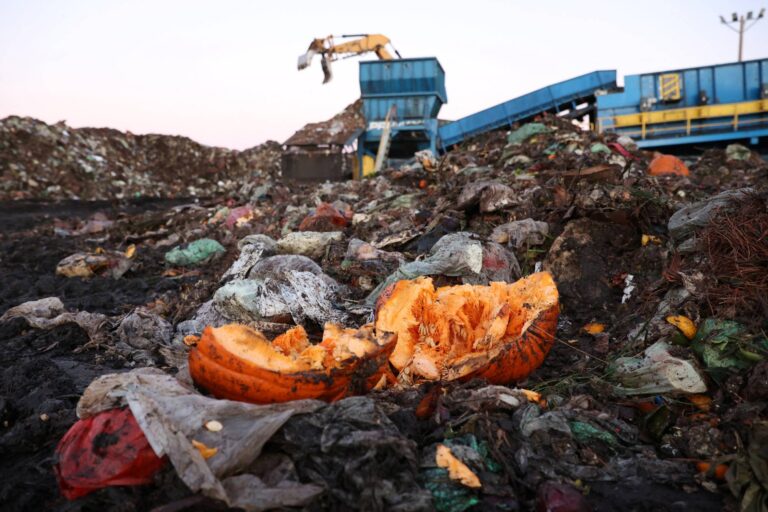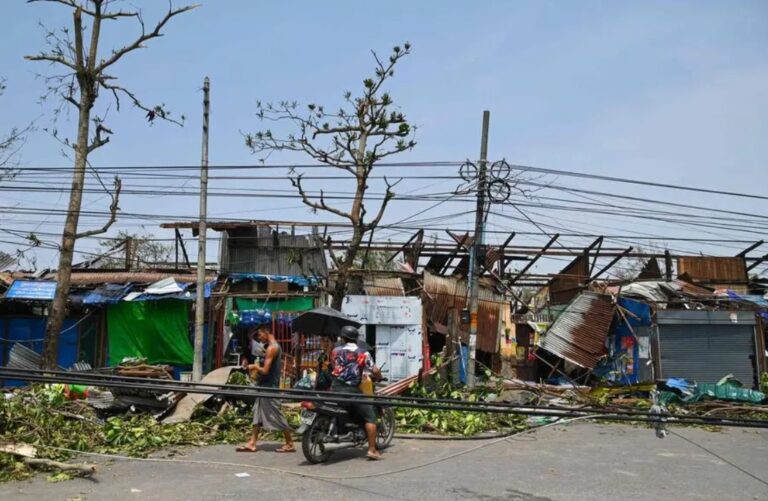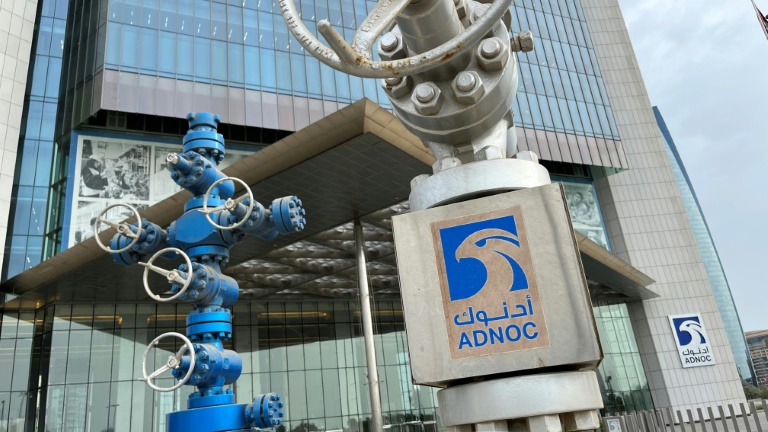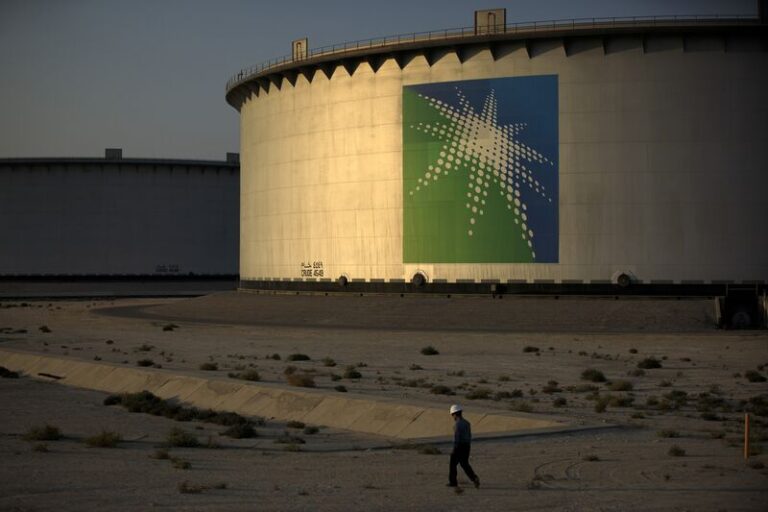Uptick in Qatari LNG contributes to higher LNG imports in India, Pakistan in April: GECF

Qatar – Uptick in LNG imports from Qatar contributed to higher LNG imports in India and Pakistan in April this year, GECF’ latest data show.
In April 2023, Asia Pacific’s LNG imports continued to recover and increased by 5% (1.05mn tonnes) y-o-y to 20.50mn tonnes, which was slightly lower than the imports in April 2021.
China, India, Thailand, and Pakistan contributed to the bulk of the incremental increase in LNG imports and offset weaker imports in Japan. Asia Pacific’s cumulative LNG imports from January to April this year rose by 3% (2.6mn tonnes) y-o-y to 89.12mn tonnes,
Doha-headquartered Gas Exporting Countries Forum said.
China’s LNG imports continued to recover in April and recorded the highest year-on-year increase since September 2021. The rebound in economic and industrial activity boosted gas consumption, driving LNG imports higher.
Pipeline gas imports to the EU increased by 3% month-on-month, to reach 14 bcm in April.
Global LNG imports surged by 10% y-o-y to 34.4mn tonnes, setting a new record high for imports in April. The increase was driven by stronger LNG imports across all regions, especially in the Asia Pacific and Europe.
In Europe, the rise in LNG imports continues to compensate for the lower pipeline gas imports into the region.
Meanwhile, the rebound in gas consumption in China, opportunistic buying in India due to lower spot LNG prices, and declining gas production and pipeline gas imports in Thailand contributed to the increase in the Asia Pacific’s LNG imports.
Furthermore, Philippines joined the ranks of LNG importers in April, GECF noted.
As of April, the restocking of gas storage sites has commenced. In the EU, the average level of gas in underground storage was 59.4bcm, which amounts to 57% of the region’s storage capacity.
In the US, the level of underground gas storage increased to 55.6bcm, representing 42% of its capacity.
A slower stockbuild is expected in both the EU and US this summer due to the high levels of gas already in storage. The combined LNG in storage in Japan and South Korea was estimated at 9.8bcm.
According to GECF, gas and LNG spot prices in Europe and Asia continued their downward trend for the fourth consecutive month. In April, the Title Transfer Facility (TTF), which is the main reference virtual market for gas trading in Europe and Northeast Asia (NEA) LNG spot prices, averaged $13.69/MMBtu and $12.10/MMBtu, respectively, representing a 1% and 9% decrease compared to the previous month.
The TTF spot price was 57% lower y-o-y, while the NEA LNG spot price experienced a decline of 58% y-o-y. With the arrival of the shoulder season, the market witnessed a decrease in tightness as a result of ample storage levels and strong LNG supply.
However, in Asia, there was some emerging buying activity in anticipation of the summer season, which helped limit the decline in spot LNG prices, GECF said.








